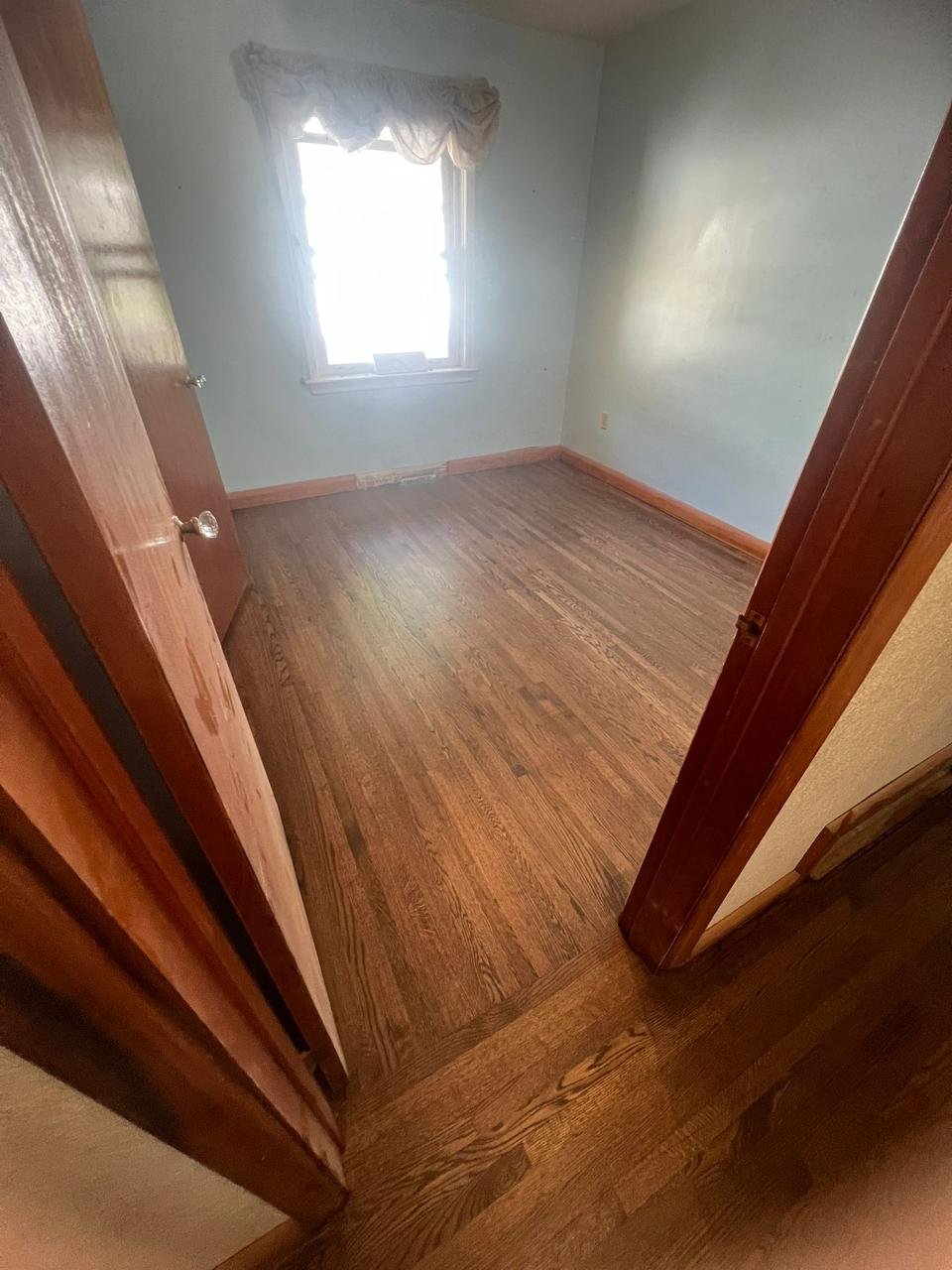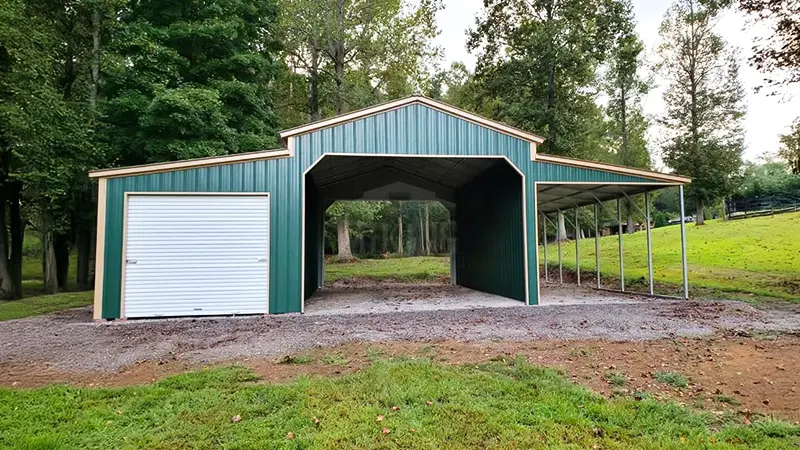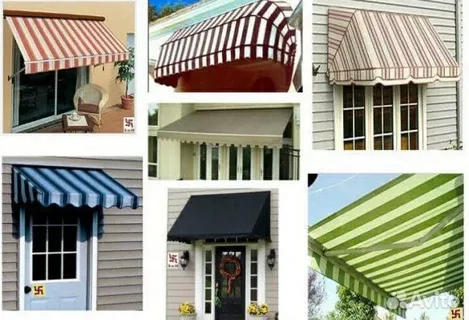Rubber Garage Flooring
Rubber garage flooring is an excellent choice for homeowners looking to improve their garage’s durability, safety, and appearance. With its resistance to stains, ease of cleaning, and slip-resistant properties, rubber flooring is ideal for high-traffic areas like garages. This guide will cover the key benefits of rubber garage flooring, essential installation tips, maintenance practices, and why it could be the right choice for your home.
Advantages of Rubber Garage Flooring
Rubber garage flooring has numerous benefits that make it stand out from other flooring options. Whether for a home garage or a commercial space, rubber flooring offers durability, ease of maintenance, and flexibility. Here’s why rubber flooring is a popular choice among homeowners.
Durability and Impact Resistance
Rubber flooring is highly durable, designed to withstand heavy foot traffic, vehicle weight, and equipment. Its impact resistance protects the concrete beneath from damage, and its thick material provides a cushioned layer that absorbs shocks, preventing cracks and dents.
Slip Resistance and Safety
One of the standout features of rubber garage flooring is its slip-resistant surface, which enhances safety in the garage. Rubber flooring provides excellent traction even when wet, reducing the risk of slips and falls. This feature is particularly beneficial in areas where spills or moisture are common, such as garages.
Ease of Maintenance
Maintaining rubber garage flooring is relatively simple. Its non-porous surface repels stains, oil spills, and dirt, making cleaning easy. A quick sweep or mop is usually all it takes to keep the floor in excellent condition, which can be especially valuable in high-use spaces like garages.
Sound and Vibration Dampening
Rubber flooring is effective at dampening sound and vibrations, which is useful for garages where heavy machinery or vehicles may cause noise. The rubber material absorbs sounds, creating a quieter environment. This sound-dampening feature is ideal for homes with attached garages or workshops.
Choosing the Right Rubber Flooring for Your Garage
Selecting the right rubber flooring involves considering factors like thickness, material quality, and the style that best suits your garage needs. Rubber flooring comes in various forms, such as tiles and rolls, each offering unique advantages.
Types of Rubber Flooring
Rubber garage flooring is available in tiles or rolls, each suited to different needs. Tiles are modular and easy to install or replace, while rolls provide a seamless look that’s perfect for larger spaces. Choose the type that aligns with your garage’s layout and your aesthetic preferences.
Choosing the Right Thickness
The thickness of rubber flooring can vary based on the level of durability you need. Thicker rubber provides more cushioning and impact protection, making it ideal for areas with heavy equipment or vehicles. For residential garages, a moderate thickness often suffices, but for commercial use, thicker flooring may be preferable.
Selecting Colors and Patterns
Rubber flooring comes in a range of colors and patterns that can enhance the visual appeal of your garage. Neutral colors like black and gray are popular for a classic look, while interlocking tiles offer design flexibility with different patterns and colors, allowing you to create a customized look.
Preparing for Installation
Proper preparation is key to achieving a durable and well-installed rubber floor. Following these preparation steps can help ensure a smooth installation and long-lasting results.
Cleaning the Concrete Surface
Before installing rubber flooring, it’s essential to thoroughly clean the concrete surface to remove dirt, dust, and oil stains. A clean surface allows the adhesive to bond more effectively and prevents bumps under the rubber floor.
Leveling the Floor
Check the concrete floor for any cracks, bumps, or uneven areas that could affect the rubber flooring’s appearance and functionality. Leveling compounds can help smooth out uneven surfaces, creating a solid base for the rubber flooring.
Allowing the Rubber to Acclimate
Rubber flooring can expand and contract with temperature changes. It’s best to leave the rubber tiles or rolls in the garage for at least 24 hours before installation. This allows the material to acclimate to the room’s temperature and minimizes the chance of warping.
Installing Rubber Garage Flooring
The installation process for rubber flooring is relatively straightforward, whether you’re using tiles or rolls. Here are some tips to ensure a successful installation.
Dry-Fit the Tiles or Rolls
Dry-fitting helps you visualize how the tiles or rolls will look and ensures a good fit. Place the rubber pieces in the desired layout without adhesives to make sure everything lines up properly and adjust as needed before securing them.
Using Adhesive for Extra Stability
For a more permanent installation, apply adhesive to secure the rubber flooring to the concrete. Adhesive provides extra stability, especially in high-traffic areas. Be sure to follow the manufacturer’s guidelines for the type of adhesive recommended for rubber flooring.
Cutting Rubber to Fit Around Edges
Use a utility knife to cut the rubber flooring to fit around the edges and corners of the garage. This creates a clean, professional look and helps the flooring lie flat against the walls, preventing gaps that could trap dirt.
Finishing Touches
After the rubber flooring is installed, consider adding edging strips to the borders. This gives the floor a finished look and prevents tripping hazards around the edges.
Maintenance Tips for Rubber Garage Flooring
Maintaining rubber garage flooring is easy with routine cleaning and care practices. These simple steps can help keep the floor looking new and performing well.
Regular Sweeping and Mopping
Dust, dirt, and small debris can accumulate on the surface of rubber flooring. Regular sweeping with a soft-bristle broom and mopping with a mild detergent keeps the floor clean and prevents grit from scratching the surface.
Using a Mild Cleaning Solution
When cleaning rubber flooring, use a mild, pH-neutral cleaner that won’t damage the material. Harsh chemicals or bleach-based cleaners can deteriorate rubber, so it’s best to stick to gentle options for regular maintenance.
Avoiding Sharp Objects
While rubber is durable, sharp objects can puncture or scratch the surface. Avoid dragging heavy tools or equipment across the floor, and consider using mats in high-traffic areas to reduce wear.
Periodic Deep Cleaning
For a deeper clean, use a wet-dry vacuum to remove dirt from the textured surface. Periodic deep cleaning helps maintain the floor’s appearance and prevents any build-up of grime over time.
FAQs
Is rubber garage flooring waterproof?
Yes, rubber garage flooring is naturally water-resistant, making it ideal for garages where spills or moisture are common. However, it’s recommended to clean up any liquids promptly to maintain its condition.
Can I install rubber flooring in a cold garage?
Rubber flooring can withstand a range of temperatures, but it’s best to let the material acclimate to the garage temperature before installation. This helps prevent expansion or contraction due to temperature changes.
How long does rubber garage flooring last?
With proper care, rubber garage flooring can last 10-20 years. Its durability makes it a long-lasting option for high-traffic areas like garages, and regular maintenance can extend its lifespan.
Does rubber flooring absorb oil stains?
Rubber flooring is resistant to most oil and chemical stains, making it a good choice for garages. However, wiping up spills promptly can help avoid discoloration or damage over time.
Is rubber flooring eco-friendly?
Many rubber flooring options are made from recycled materials, making them an environmentally friendly choice. Check with manufacturers for specific details on eco-friendly options.
Final Verdict
Rubber garage flooring offers an ideal solution for homeowners seeking durability, safety, and ease of maintenance in their garage spaces. Its impact resistance and slip-resistant properties make it an excellent choice for high-traffic areas, while its sound-dampening qualities add comfort to workshops or attached garages. With a variety of colors and styles available, rubber flooring can also enhance the aesthetics of a garage. Whether you’re using your garage for storage, as a workspace, or to park vehicles, rubber garage flooring provides a reliable, long-lasting surface that requires minimal upkeep.












Leave a Reply